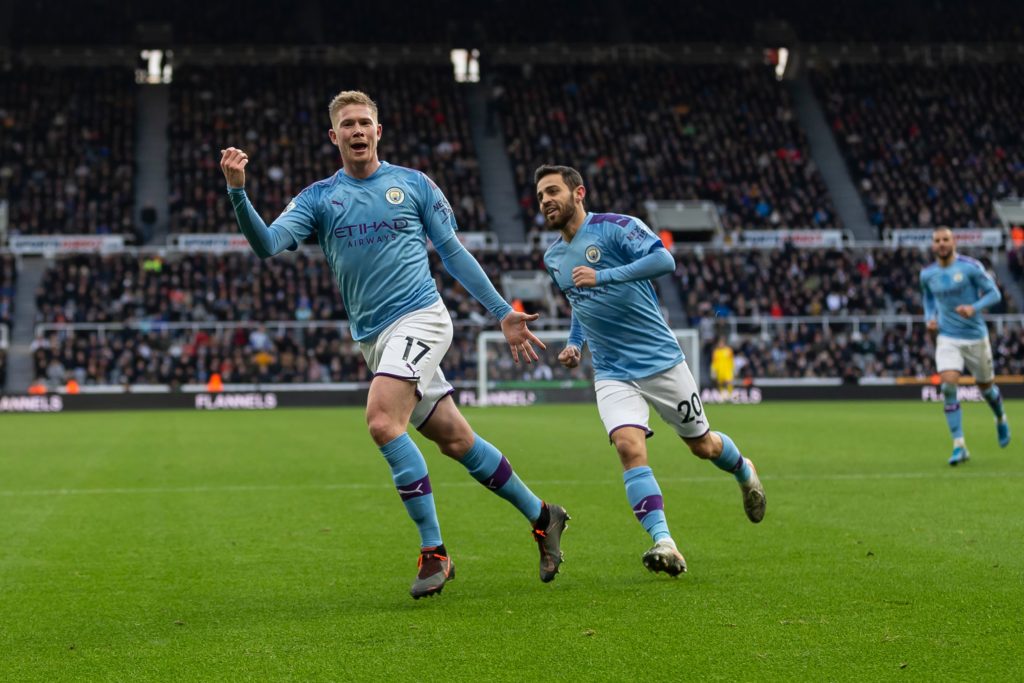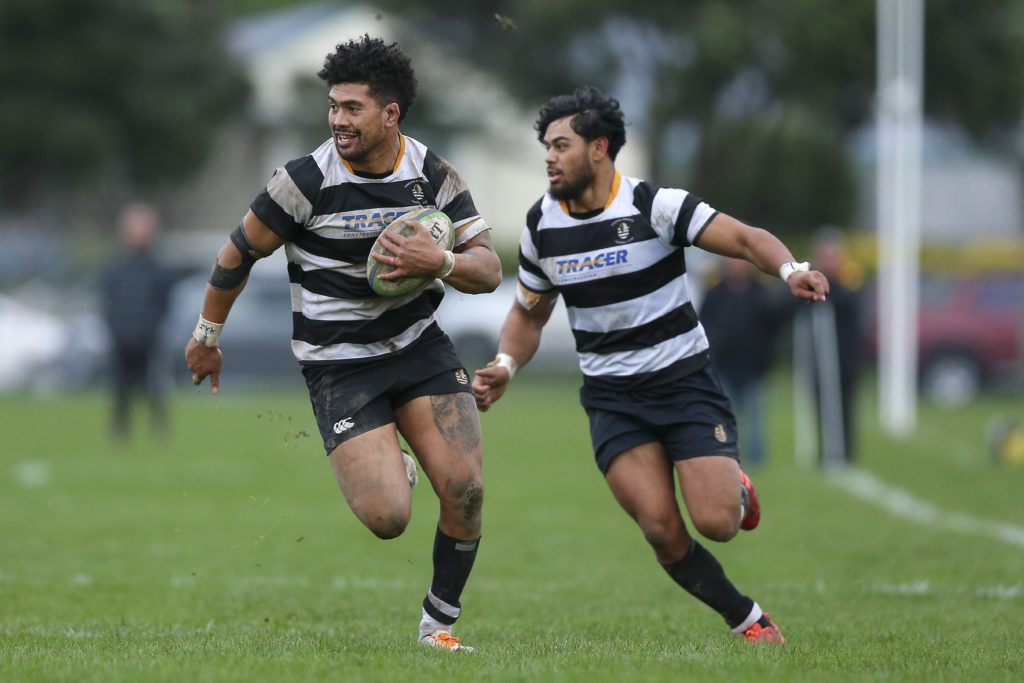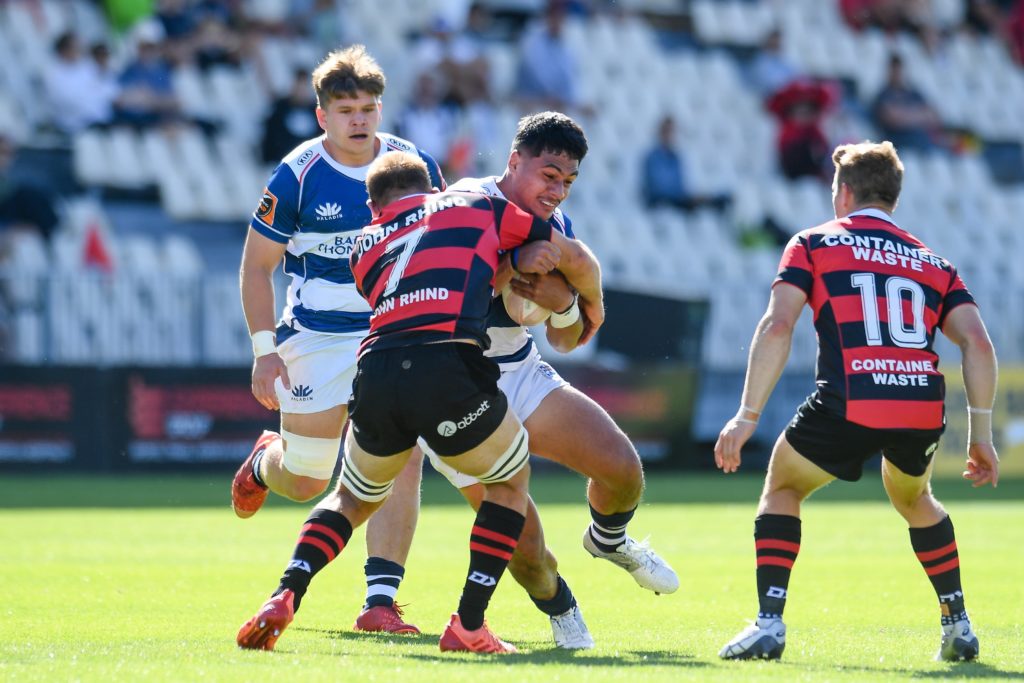Financial injection is just a small part of the puzzle in fixing the dire state of affairs in New Zealand grassroots rugby.
The picture is looking increasingly grim for many in the heartlands.
Clubs are struggling to stay afloat, some have been forced to default, some premier sides have even had to adopt Golden Oldies rules during the build up to the 2021 club season.
There’s hope, however, that things might be about to improve should the much-discussed Silver Lake deal go ahead.
Silver Lake are offering $465m for a 15 per cent stake in the sport, valuing New Zealand Rugby (NZR) at an estimated $3.1b.
The US investment firms’ track record should not be scoffed at, bringing with them a solid portfolio of working with entities such as the UFC and Manchester City Football Club to considerably grow their commercial prowess.

One thing must be clear; a major part of the deal centers around the commercial part of the game, particularly technology and broadcasting. If NZR’s mediations with the New Zealand Rugby Players Association (NZRPA) – who are currently opposed to the proposal – go smoothly and the deal does go ahead, it’s likely that the capital which comes in will be focused on these areas first.
But there will also certainly be a boost to the financial coffers for the country’s provincial unions (PUs), who had stars in their eyes when presented with the numbers, and it’s hoped this will have a flow on effect down to the grassroots.
The major unions are all almost certainly in favour of the deal because they’re in line to receive a desperately needed cash boost.
All going well, more Rugby Development Officers (RDO) will be able to manage growth at the community level of the game, with more being hired to specifically manage the development of new coaches, identify talent, work with schools and oversee physical and fitness programs.
For clubs themselves, they’ll likely get a little bit of the pie too. What viable difference this makes, if any, to the status quo sits at the heart of the matter, because there is already some distrust whether the money will actually filter down once NZR signs on the dotted line.
The major unions are all almost certainly in favour of the deal because they’re in line to receive a desperately needed cash boost.
Given the dire current situation, however, is even a small boost better than nothing?
Provincial Unions will know that a quick financial injection isn’t the single silver bullet that the game at the grassroots needs.
Yes, the money is needed or more clubs will default, but without growing interest in the game and making it attractive to the next generation, it’s likely that Golden Oldies on Saturdays are set to become the norm.
This, of course, is a world away from Rob Nichol and the NZRPA who are imploring the governing body to explore over avenues to raise the funds they acknowledge is needed.
They believe that the funds the game needs to stay afloat can be found by other means. They say every effort must be made to ensure the integrity of the All Blacks must be maintained and protected for the future.

The problem is that this future isn’t aligned with the current reality anyway.
When was the last time you saw your Sam Canes or Brodie Retallicks running around a footy field at a club game?
Professional players preach the importance of the club game and would love to get more involved in the grassroots – you only have to see the smile on Ardie Savea’s face when he turns out for Oriental Rongotai to know how important that level of the game is to them. But these men, on the face of it anyway, have no such understanding of the dire straights the game is in at this level because they’re still protected by the pro bubble.
Don’t expect them to be taking the same financial hits that numerous people involved in the heartlands have had to over the years, well before anyone even knew what COVID-19 was.
That’s not to criticise the importance of professional rugby and its system at all. It could be argued that the best way forward is to maintain a direct difference between the pro and amateur game – but if you’re running either of the sports’ biggest bodies, then the reality should be clear that one cannot exist without the other.
these men, on the face of it anyway, have no such understanding of the dire straights the game is in at this level because they’re still protected by the pro bubble.
That’s where some of the scepticism and nervous thinking comes from when you talk to those on the ground, many of whom care more about the state of the game at their local club than whatever brand is plastered across the All Blacks jersey.
“Well without the All Blacks there would be no club rugby”, you may retort.
Acknowledging that as the premise for what the future of the game should stand for would imply that the sport’s governing body can continue their minimal attention or care towards anything under the professional element of the sport.
Those at the coalface in rugby’s heartlands say that this is what they’ve seen happening for years. They see the club and wider community game being treated as good to have but ultimately forgotten by the professional body that feels it shouldn’t move mountains to maintain.
The thinking on the ground is that the financial injections that are promised for the grassroots will still be administrated by the provincial unions.
The benefits of any additional finance are clear: More RDOs to oversee the growth and development, more funding for shirts and balls, perhaps even more of a commitment to actually putting a spotlight on clubs in the small towns many have never heard about.
They’re all worthwhile investments but who holds the purse strings and how oversight is managed will still raise concerns at the grassroots level.

The devil is in the detail. At the time of writing, there isn’t much detail about just how this $465m investment benefits the clubs and amateur players.
The grassroots only stands to receive a very small portion of the capital raised while developing the new commercial entity to grow the professional game and keeping player salaries topped are understood to be the two biggest areas of expenditure with the new funds.
Those at the grassroots can and will accept that, but who’s to say that NZR doesn’t then just divvy out the money and leave it to each individual PU to decide just where it goes?
For a game that is rooted in mates giving mates favors wherever possible, such a trajectory could get dire quickly. Furthermore, if there is to be no clear oversight, how many of said unions would just use the money to bolster the professional men’s and women’s NPC programs?
That’s why detail matters, otherwise it becomes too easy for history to repeat itself. There has to be some guidelines, and a whole lot of accountability.
The grassroots only stands to receive a very small portion of the capital raised while developing the new commercial entity to grow the professional game and keeping player salaries topped are understood to be the two biggest areas of expenditure with the new funds.
Perhaps this should be the caveat for a new directive where the provincial unions focus more on the administration and development of the community game and leave the NPC program to a fully professional entity, probably the Super Rugby franchises, who could take more reign of the provincial teams during the August-November window.
But again, the likelihood is that this approach still leaves the grassroots game in the same place – dire straights.
For all the conversation that will come from whichever decision is made, a large number of clubs will still be in the same position as rugby heads into another winter of Saturday afternoon action.
The loyalists will keep coming and put whatever money over the bar that they can, teams will battle it out to win the respective trophies that are so prized in whichever region they represent. A handful, if they’re lucky, of hard grafting club players will go on to get genuine chances in the provincial championship, but they’ll already be fighting an uphill battle for a fair go against whichever ‘next big thing’ comes out of the elitist high school system.
It’s all a world away from the motivations, rightly or wrongly, that will be behind the final decision NZR makes in saying yes or no to the proposed $465m investment.


Comments
Join free and tell us what you really think!
Sign up for free